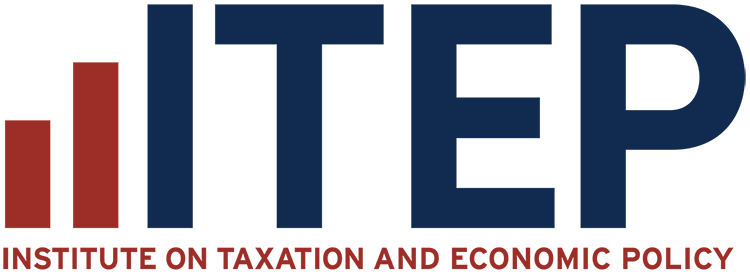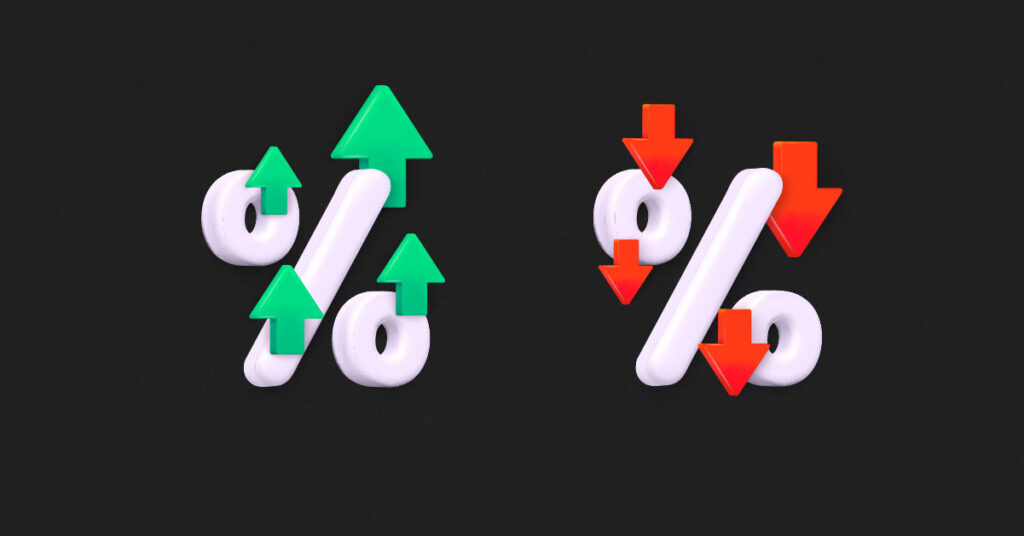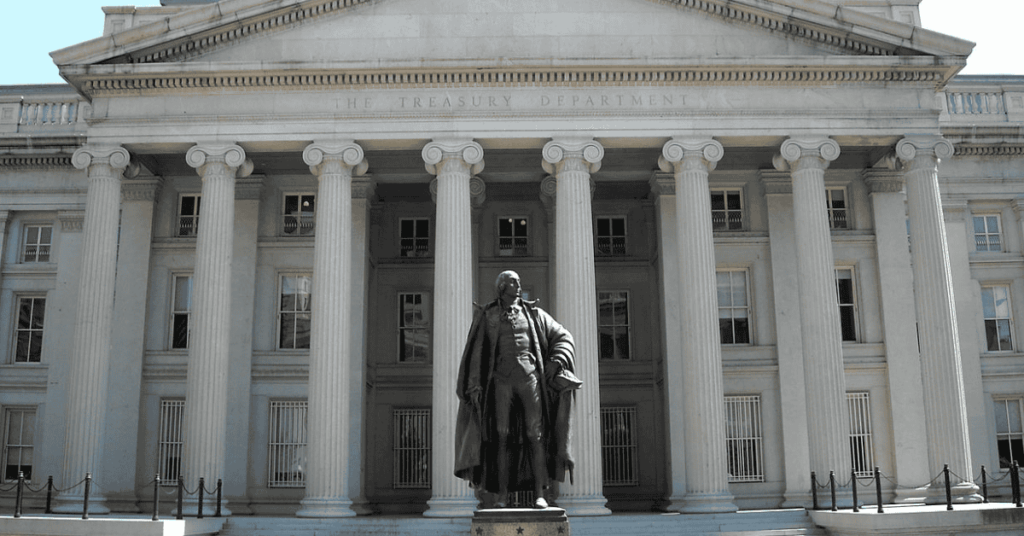For young adults today, the future already feels uncertain. Rent is rising faster than wages. Climate disasters are growing more frequent and severe every year. Stable, well-paying jobs are becoming harder to secure. Against this backdrop, Congress passed a sweeping tax and spending package — the One Big Beautiful Bill Act — that slashes taxes for the wealthiest Americans and corporations, deeply cuts funding for key public programs, and balloons the national deficit. On paper, those numbers might look distant and abstract, but in practice, they will ripple through daily life and will shape the future Gen Z inherits.
At its core, the new law represents a deliberate choice to prioritize the wealthiest households and corporations over working- and middle-class families. More than 70 percent of the tax cuts will go to the richest fifth of households, and nearly half to the top 5 percent, while the poorest Americans see almost nothing.
In 2026 alone, the new law is projected to reduce federal revenue by around $570 billion. Lawmakers could have extended expiring tax provisions for those making less than $400,000 a year while expanding programs like the Child Tax Credit and health care subsidies for less than half that cost, delivering more meaningful relief to the majority of Americans. Instead, the law funnels resources upward, widening the gap between the richest households and everyone else.
These choices will especially harm education and future opportunities for young people.
With less federal and state funding flowing to universities, tuition will likely rise, and programs students rely on — scholarships, grants, and work-study positions — could be cut. That means more debt just to earn a degree, forcing many students to work extra hours, skip internships, or delay future plans. The small tax breaks for the middle class in this law, like deductions for overtime or tips, barely offset these growing costs and only help certain small subcategories of workers. And none of this even factors in the higher prices Americans young and old are paying due to tariffs.
Beyond education, the bill creates challenges that affect the whole generation. Slower economic growth and cuts to public-sector programs mean fewer entry-level jobs for graduates in research, health care, and government – and fewer jobs for construction workers other skilled tradespeople whose jobs depend on public funding. Social safety nets like housing and health care assistance are being weakened, leaving communities more vulnerable during personal or economic crises. Already, states are feeling the strain: Colorado called a special legislative session to address a $1 billion budget shortfall, New York warns that aging services and Medicaid face severe cuts, and Idaho has directed state agencies to slash spending by 3 percent to balance its budget.
Reduced funding for climate adaptation and infrastructure increases exposure to natural disasters and long-term environmental risks. Federal cuts to the EPA and FEMA have scaled back grants and programs designed to strengthen community resilience and protect water and energy infrastructure. These reductions jeopardize the safety and well-being of communities — especially in regions already vulnerable to climate-related disasters — and create structural obstacles that limit opportunities, security, and future prospects for young adults.
And the payoff for younger Americans? It’s close to nothing. In addition to receiving almost none of the bill’s tax benefits, young adults already carry a heavier relative tax load early in their careers. Data published by the IRS shows that people in their 20s and 30s pay a higher share of their income in federal and payroll taxes compared to older adults, who face lower effective rates as they age into retirement. Meanwhile, deficit-fueled cuts to social programs shift costs onto younger taxpayers over time. The result is a generation facing steeper tax burdens, greater financial strain, and shrinking public investment, all while the richest earners get the bulk of immediate gains.
Millennials and Gen Z already face steeper odds than previous generations. At the same age, Boomers had far more wealth, bought homes earlier, and carried less debt. In contrast, today’s young adults are juggling record student loans, stagnant wages, and a shrinking safety net. The new tax law doesn’t just ignore that reality — it worsens it. By piling debt onto students and cutting many of the aforementioned public investments in housing, health care, and climate readiness, it cements a trajectory where catching up becomes nearly impossible. That’s not only unfair to one generation, it also weakens America’s long-term stability and competitiveness.
The new megabill functions less like a policy and more like a mega-IOU, one that today’s young adults are already inheriting. While this generation did not write the bill, it will bear the consequences for decades: higher taxes, mounting debt, and fewer opportunities. Understanding the long-term impacts is therefore critical. Following policy developments, tracking budget decisions, and thinking strategically about personal and societal planning aren’t just civic duties, they’re essential tools for navigating a future shaped by choices made without consideration of their generation. The stakes are high, and the costs of inaction will be paid by those who were never given a seat at the table.





